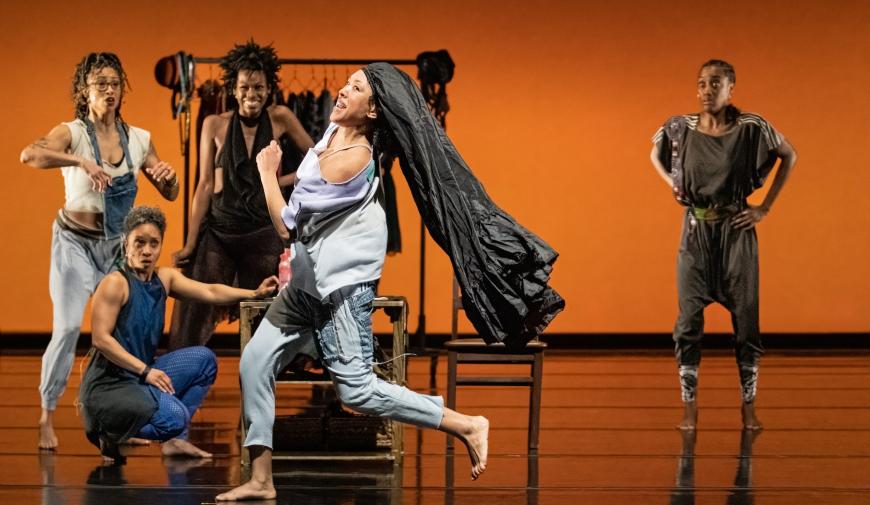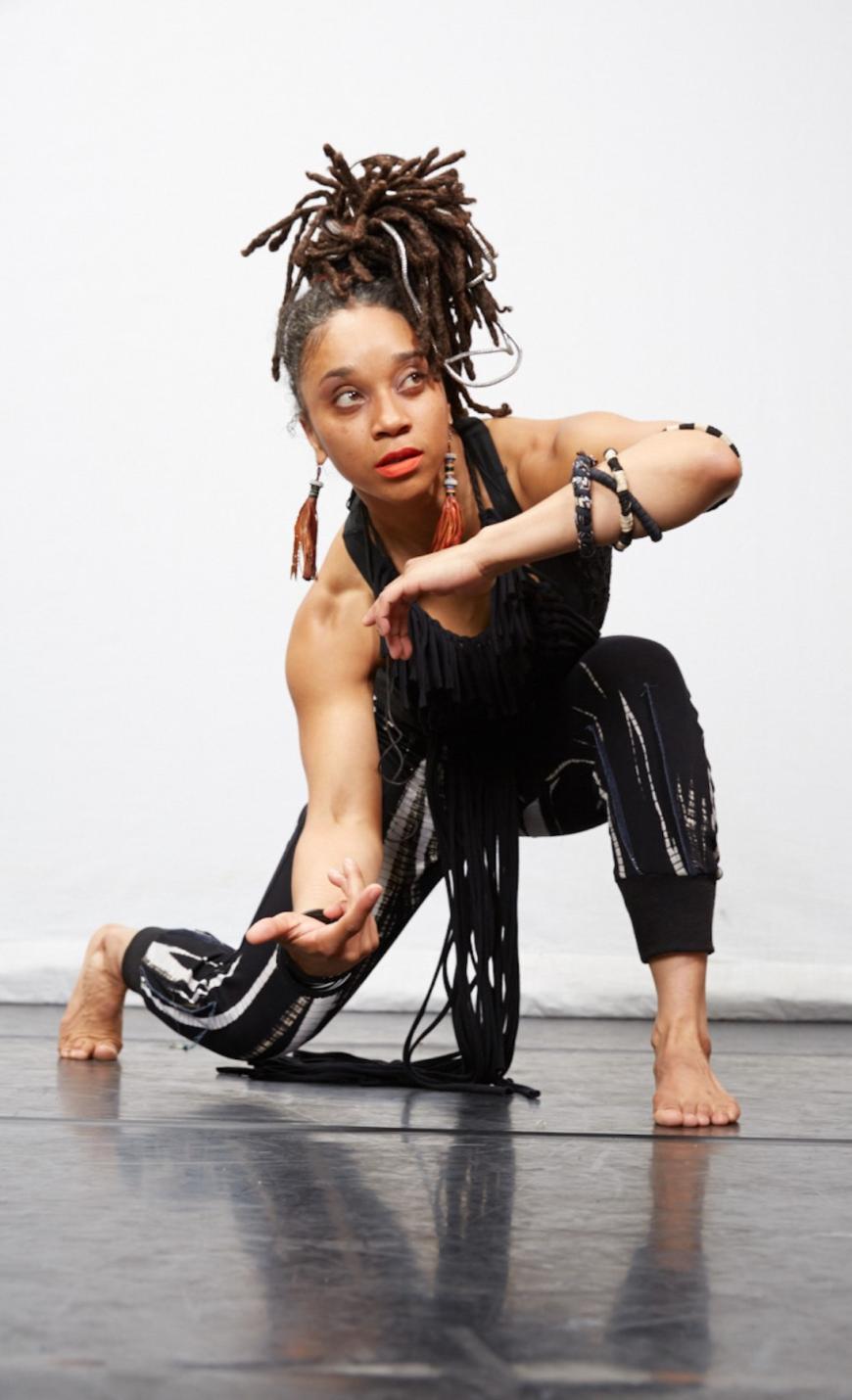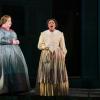
The Brooklyn-based company Urban Bush Women (UBW) makes its Cal Performances debut Dec. 1–3 while on the cusp of celebrating its 40 years of employing a powerful mix of dance and community collaboration to lift up Black lives. Founded by choreographer Jawole Willa Jo Zollar in 1984, UBW aspires to reveal the untold and under-told stories of the people of the African diaspora through a woman-centered lens that explores how cultural expression can be a catalyst for social change.
UBW has a remarkable presence around the world, with past tours to five continents and appearances at such prestigious venues as New York City’s Lincoln Center, the Brooklyn Academy of Music, The Kennedy Center in Washington, D.C., and Jacob’s Pillow Dance Festival. The company and Zollar have also received an enormous number of awards and honors for their work, both artistic and social.
In an interview with SF Classical Voice, Associate Artistic Director Courtney J. Cook offered a glimpse into several behind-the-scenes aspects of the esteemed company and her own journey to becoming a UBW dancer.

“My mother is a performer in musical theater, an actress and singer,” Cook related, “so I grew up in a household that really valued the arts and also education. My mom is also an English teacher and drama teacher.” Cook’s grandparents were educators in the public school system in Norfolk, Virginia. “They had a strong work ethic. My grandfather was a football coach for many years and a women’s basketball coach. So that was also a part of my motivation, because it combines the arts and it has the physical aspect. I feel like the metaphorical lessons of the body and life are alike. The knowledge of the body and how you navigate life — that’s exemplified in sports and athletics and, of course, in dance.”
Cook grew up going to the Black Baptist church, sang in the choir, and was part of the praise dance team from a very early age. “It was a part of our culture and my upbringing, just a part of our lifestyle,” she explained. She began her formal dance training at the Virginia Governor’s School for the Arts and later attended and graduated from Virginia Commonwealth University, receiving a B.F.A. in dance and choreography.
Her senior year of college, Cook was introduced to Urban Bush Women. “I feel from that moment my relationship to movement and to dance changed,” she revealed, “because in that process we were asked to go beyond the steps, really interrogate the stories that we were telling. How those stories live in our body and how we connect and identify with those stories. My relationship to dance is one where I feel more awareness of dance as a cultural technology, as a form of communication, and as opening the way to not only just the storytelling but also that the storytelling is what opens the door to the conversations. And the conversations open the door to awareness, and awareness opens the door to being able to change the things that need to be changed. I really see dance as this powerful tool of change, evolution, social connection, and you have the responsibility to say what needs to be said.”
At Cal Performances, UBW will be performing Hair & Other Stories, a new work by Artistic Directors Chanon Judson and Mame Diarra Speis that was developed through communities across the country participating in “hair party” sessions that the company held. Personal stories and experiences of the performers are part of the piece.
Equally crucial is the group’s ongoing collaboration with the People’s Institute for Survival and Beyond in holding “Undoing Racism” workshops, where audiences are invited to examine their own connections to systemic racism. In Berkeley, the performers will be breaking the fourth wall and asking the audience to join them in unpacking and examining the same questions.
HairStories, created in 2001 by Zollar, was the company’s first work on the theme of Black women’s hair. Cook elaborated on how the two pieces are different. “That was the genesis of the current work, Hair & Other Stories. They are two different works. Because HairStories definitely spoke on the issues of race, class, and gender, it’s pretty much the same concept, the same conversation. But over time, the conversation and the company shifted. So who’s in the room and what stories are being drawn upon influence those conversations as well. We wanted to make space for those new conversations, as opposed to just restaging [the original] work. We want it to really reflect our times and how things have shifted. They certainly have shifted a lot.”




